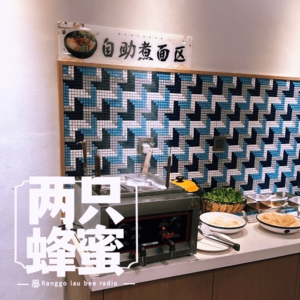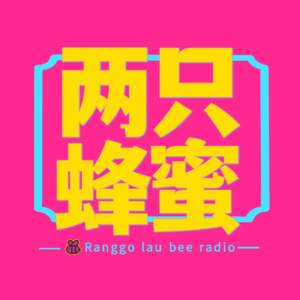
Deep Dive
Why has the popularity of high-end buffets declined in recent years?
The decline in popularity of high-end buffets is attributed to economic downturns and changing consumer preferences. As economic conditions worsened, people shifted towards more affordable, value-for-money buffets. Additionally, the appeal of extravagant buffets has diminished as people now prioritize practicality and affordability over luxury.
What is the significance of the 'Flame Mountain' buffet mentioned in the podcast?
The 'Flame Mountain' buffet was known for its Xinjiang-style cuisine and high value for money, priced around 98 RMB. It was famous for its interactive experience, where performers would engage diners in dancing and entertainment, often making it difficult for shy individuals to avoid participating. This unique approach made it memorable but also limited the time available for eating due to the entertainment.
What was the experience of eating at 'Ling Zhi Yu' like?
Eating at 'Ling Zhi Yu' was a luxurious experience, especially for first-timers. The buffet offered unlimited servings of high-end items like foie gras and sea urchin, which were rare in other buffets. However, the richness of the food often led to overindulgence, leaving diners feeling overwhelmed and greasy. The service was attentive, with staff quickly replenishing dishes upon request.
How did the 'Golden Jaguar' buffet compare to other high-end buffets?
The 'Golden Jaguar' buffet was iconic but often criticized for its chaotic dining experience, where diners had to compete for food. While it was famous and expensive (around 298 RMB per person), it didn't offer the same level of comfort or quality as other high-end buffets like 'Ling Zhi Yu'. Its popularity waned as more refined and organized buffets emerged.
What is the current trend in buffet dining according to the podcast?
The current trend in buffet dining is a shift towards affordability and specialization. With economic pressures, consumers are favoring budget-friendly buffets over extravagant ones. Additionally, buffets are increasingly focusing on specific cuisines or themes, such as hot pot or seafood, rather than offering a wide but generic range of dishes.
What was the unique feature of the 'Bread Buffet' mentioned in the podcast?
The 'Bread Buffet' offered a variety of breads, including unique options like chicken leg bread, where a whole chicken leg was embedded in the bread. The buffet was popular among bread enthusiasts and was priced around 39-49 RMB. It catered to a niche audience who appreciated the creativity and quality of the bread offerings.
What was the experience of eating at 'Chu Shi Le' like?
Eating at 'Chu Shi Le' was a healthy and enjoyable experience, focusing on fresh vegetables and salads. It was a favorite among health-conscious diners, offering a refreshing alternative to the heavy, greasy options found in many other buffets. However, it eventually closed, leaving a nostalgic memory for those who frequented it.
- 自助餐反映了时代的变革和社会经济走向
- 高价自助和高性价比自助的兴起与衰落
- 不同类型的自助餐,例如海鲜自助、炒菜自助、火锅自助等
Shownotes Transcript
本期主播:
大盆(小红书@好大一个盆儿)
Delon(小红书@DELON)
皮皮
××
HI本期我们四位主播聊了吃自助餐的相关故事,不得不感慨岁月不饶人,觉得自助餐越来越吃不回本了,哈哈。一个小小的自助餐其实也能够反应出,时代的变革和社会经济走向,早几年经济腾飞,各种贵价大自助人满为患,近年经济下行,各种高性价比的平价自助又格外受大众的追捧,回头来看其实不管是成百上千的豪华自助,还是学生时代吃的十几块低价自助都给当时的我们带来了无比的满足和惊喜,
不知道大家关于吃自助餐发生过什么有意思的事情吗?现在还爱吃自助吗?都常吃什么样的自助呢?我还是会经常关注一些美食博主的推荐,时不时的找找新出来的自助,找找扶墙进扶墙出的年轻的自己。
【收听平台】
小宇宙|喜马拉雅|苹果播客|QQ音乐|网易云音乐|新浪微博|荔枝FM
公众号:韩大盆
微博:@好大一个盆儿
听友群:添加微信"WANGLIZHUSHOU"备注“听友群”
商务合作:微信"WANGLIZHUSHOU"或邮箱:[email protected]
